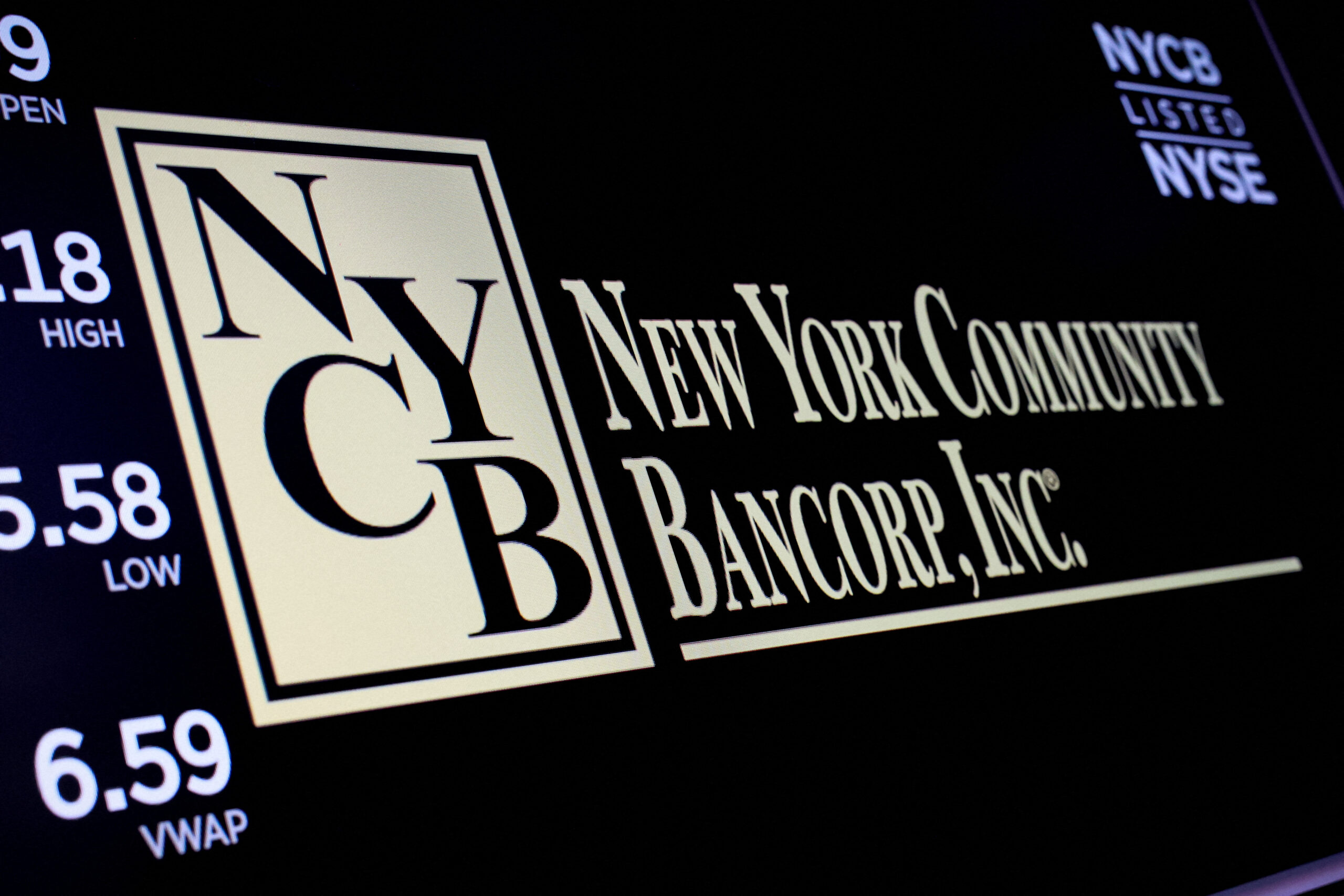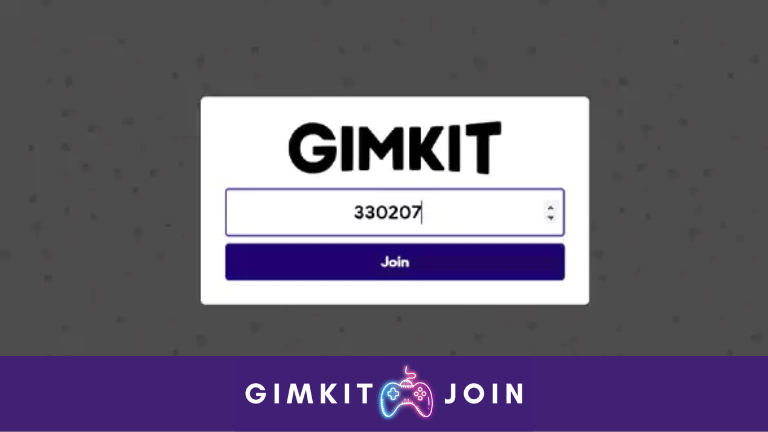Table of Contents
Instacart stock (NASDAQ: CART) has drawn significant attention since the company’s public debut, fueled by its growth in grocery delivery and increasing efforts to expand advertising revenue. While Instacart operates in a competitive environment, investors and analysts have mixed opinions on its future. This article explores key aspects of Instacart’s business, including recent financial performance, analyst ratings, and strategic developments, helping you understand the current state and potential of Instacart stock.
Overview of Instacart’s IPO and Business Model
Instacart went public in September 2023, marking an important milestone for a company that started as a grocery delivery app in 2012. Its platform connects users with local stores, allowing them to order groceries and other essentials online. In recent years, Instacart has evolved beyond deliveries, focusing on partnerships, advertising services, and new technologies, such as retail media platforms.
As of 2024, Instacart’s stock operates under the ticker symbol “CART” on the NASDAQ. One of the key drivers behind the company’s value proposition is its hybrid revenue model, combining commissions on sales, advertising fees, and service charges.
Despite its solid foundation, questions remain about the sustainability of Instacart’s growth and whether it can navigate the challenges of an increasingly saturated grocery delivery market. Let’s take a look at its recent financial performance to better understand what’s driving the stock.
Instacart’s Recent Financial Performance
Jefferies recently reaffirmed its Hold rating on Instacart stock, highlighting that the company’s Gross Transaction Value (GTV) growth and EBITDA outlook are central to its future. For the third quarter of 2024, Jefferies forecasts Instacart’s GTV at $8.2 billion, representing a 10% year-over-year increase. This steady growth reflects the company’s ability to retain and attract customers while expanding its footprint through strategic partnerships.
Moreover, Instacart has reported an EBITDA of $208 million so far in 2024, with the company expected to slightly exceed the upper range of its third-quarter guidance between $205 million and $215 million. While these numbers are promising, analysts caution that rising operational costs might limit further margin improvements. The company’s incremental margin is also projected to contract by 1500 basis points year-over-year, posing a challenge for long-term profitability.
Key Strategies Driving Instacart’s Growth
Instacart’s focus extends beyond grocery delivery. The company has taken proactive steps to diversify its income sources, which has resonated well with analysts. Here are some of the most important developments:
Advertising Expansion
Retail media advertising has become one of Instacart’s core business strategies. By leveraging consumer data, Instacart offers targeted ad placements to brands, providing them with greater visibility on its platform. This strategy not only strengthens Instacart’s value proposition but also creates a new revenue stream beyond its traditional delivery fees. Analysts believe advertising penetration will continue to grow, which could significantly boost profitability over the long term.
Partnerships and SNAP Integration
In 2024, Instacart announced a partnership with Family Dollar, allowing customers to use their Supplemental Nutrition Assistance Program (SNAP) benefits for online grocery orders. This partnership expands the company’s reach to low-income households, increasing its customer base and driving higher GTV. Additionally, the Foodsmart partnership, which integrates telenutrition services with grocery delivery, showcases how Instacart aims to connect health and commerce, catering to individuals with chronic health conditions.
Operational Efficiencies
In the first quarter of 2024, Instacart executed a reduction-in-force (RIF), laying off 250 employees. This move was part of the company’s broader effort to reduce operational expenditures (OPEX) and optimize costs. While these measures have improved financial outcomes in the short term, achieving long-term profitability will require more than just cost-cutting.
Analyst Ratings and Market Sentiment
Jefferies has maintained its Hold rating on Instacart stock with a price target of $42.00, reflecting a cautious but optimistic stance. The rating emphasizes the need for Instacart to maintain high single-digit GTV growth and manage its operating expenses effectively to support future profits.
Meanwhile, Morgan Stanley recently lowered its price target for Instacart from $45.00 to $41.00, citing market uncertainties. However, Macquarie remains bullish, raising its target to $50.00 due to the company’s growing presence in retail media advertising, which it believes could reaccelerate revenue growth.
Other analysts, such as Raymond James and Cantor Fitzgerald, initiated coverage with Market Perform and Overweight ratings, respectively. These ratings reflect a mix of optimism and caution, as the company shows strong potential but faces uncertainties, especially around profitability and competition.
Challenges and Risks for Instacart Stock
Although Instacart stock has shown solid market performance, certain risks could impact its trajectory. Below are some of the challenges the company faces:
Increased Competition
The grocery delivery space is becoming increasingly competitive, with major players like Amazon Fresh, Walmart, and DoorDash expanding their services. These competitors have the advantage of scale and logistics networks, which could pressure Instacart to further invest in infrastructure and partnerships to maintain its edge.
Profitability Concerns
While Instacart has exceeded its EBITDA guidance in recent quarters, its profit margins remain thin. The company must carefully balance growth with profitability to meet investor expectations, especially given that some analysts project a contraction in incremental margins in the near term.
Economic Headwinds
With inflation and economic uncertainty still affecting consumer spending, there is a risk that demand for online grocery delivery could decline. Additionally, higher operational costs could further limit Instacart’s ability to expand profitably in this environment.
What’s Next for Instacart Stock?
Looking ahead, several factors could shape the future of Instacart stock:
- Advertising Growth: Instacart’s retail media platform is a key driver of future growth. If the company continues to attract brand partners and increase advertising penetration, it could unlock new revenue streams.
- Strategic Partnerships: Expanding partnerships with retailers and health programs will enhance Instacart’s customer offerings, setting it apart from competitors.
- Share Repurchases: The recent buyback of $117 million in shares from D1 Iconoclast Holdings LP signals confidence from management in the company’s future prospects.
Instacart’s Market Performance and Valuation
Instacart’s market performance has been impressive since its IPO. As of Q3 2024, the company boasts a 74% total return over the past year and an 86.54% year-to-date return. The stock is trading near its 52-week high, which reflects investor confidence in the company’s growth prospects. However, with a negative P/E ratio of -7.89, analysts remain cautious about how long the current momentum can be sustained.
According to InvestingPro data, Instacart has a market cap of $11.26 billion and revenue of $3.21 billion over the last twelve months. With its focus on both operational efficiency and revenue diversification, Instacart remains an intriguing option for investors, though uncertainties persist.
Conclusion: Is Instacart Stock a Buy, Hold, or Sell?
Instacart stock presents a mixed picture for investors. On one hand, the company has demonstrated steady GTV growth and expanded advertising efforts, signaling potential for long-term success. On the other hand, increased competition, thin margins, and economic uncertainties pose risks that should not be ignored.
Analysts like Jefferies and Morgan Stanley recommend caution with Hold ratings, while more optimistic firms, such as Macquarie, believe the stock has room to grow. Investors considering Instacart stock should weigh the company’s strategic developments against these risks.
In summary, Instacart stock offers both opportunities and challenges. With a clear focus on retail media, strategic partnerships, and operational efficiencies, the company could unlock future growth, but prudent investors may prefer to wait for more clarity on profitability and market conditions before taking a strong position.
FAQs About Instacart Stock
1. What is Instacart’s stock symbol, and where is it listed?
Instacart’s stock is traded under the ticker symbol CART on the NASDAQ stock exchange.
2. What are the main revenue sources for Instacart?
Instacart generates revenue from multiple streams, including delivery fees, service charges, commissions on transactions, and retail media advertising.
3. How has Instacart performed financially in 2024?
Instacart reported $8.2 billion in Gross Transaction Value (GTV) for Q3 2024 and an EBITDA of $208 million. The company has shown 10% year-over-year GTV growth, slightly exceeding market expectations.
4. What are analysts saying about Instacart stock?
Analysts have mixed opinions. Jefferies maintains a Hold rating with a price target of $42, while Morgan Stanley reduced its target to $41. On the other hand, Macquarie raised its target to $50, reflecting optimism about the company’s advertising strategy.
5. What partnerships have boosted Instacart’s growth?
Instacart partnered with Family Dollar to offer SNAP EBT payments for online orders and collaborated with Foodsmart on the Foodcare program, integrating grocery delivery with telenutrition services for people with chronic health conditions.
6. What challenges does Instacart face in maintaining profitability?
Instacart must deal with rising competition from companies like Amazon Fresh and Walmart, thin profit margins, and economic headwinds that could impact consumer spending on online groceries.
7. How has Instacart stock performed in the market?
As of Q3 2024, Instacart’s stock has delivered a 74.01% total return over the past year and an 86.54% year-to-date return, trading near its 52-week high.
8. What cost-saving measures has Instacart taken?
Instacart executed a reduction-in-force (RIF), laying off 250 employees in early 2024 to control operating expenses (OPEX) and improve financial efficiency.
9. Why is retail media advertising important for Instacart?
Retail media advertising helps Instacart generate additional revenue by providing brands with targeted ad placements on its platform, improving profitability beyond delivery operations.
10. Is Instacart stock a good investment right now?
While some analysts are cautious, recommending a Hold due to market uncertainties and competition, others see potential growth through advertising expansion and partnerships. Investors should weigh both the opportunities and risks before making a decision.






